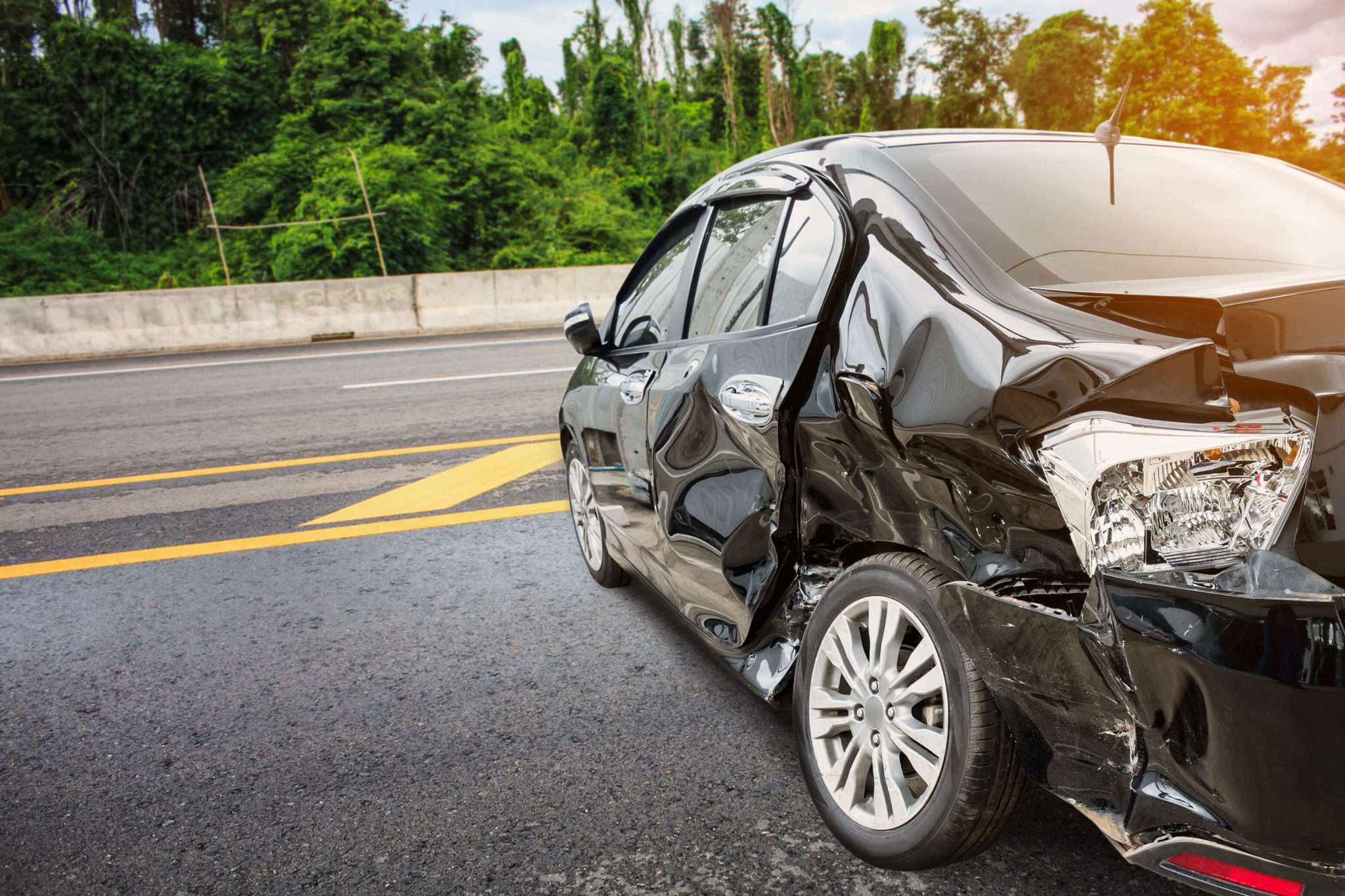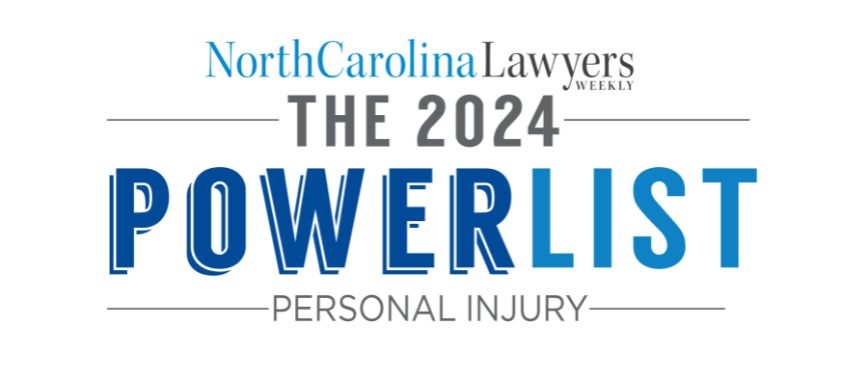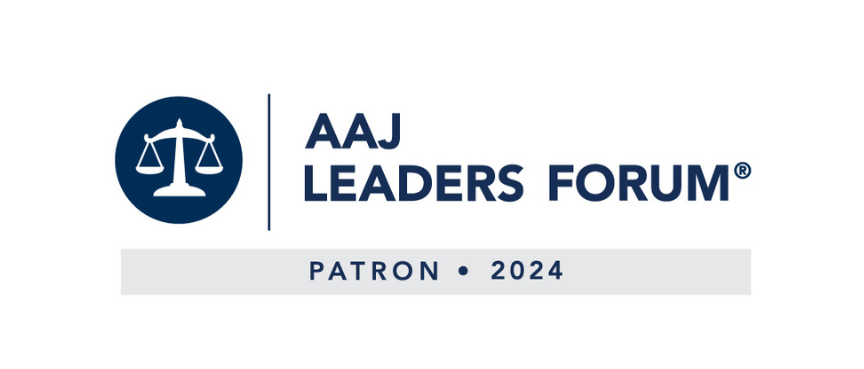The sad truth is that many irresponsible motorists either (a) do not have any automobile insurance coverage, or (b) do not have enough automobile insurance coverage to compensate innocent victims. A victim must often evaluate whether and in what amount he or she has Uninsured Motorist (UM) coverage or Underinsured Motorist (UIM) coverage. While the two coverages are somewhat different, they serve a similar purpose – to be a kind-of safety blanket for persons injured by a negligent driver. This blog discusses both types of insurance as well as the concept of “resident of the household” when determining auto coverage.
Purpose of Uninsured Motorist Coverage
Uninsured Motorist coverage is primarily utilized in two situations. The first is where the at-fault driver does not have any form of automobile insurance. We see this most often when a negligent driver lets his or her policy lapse by not making premium payments. A second scenario where UM coverage applies is when the accident involves an unidentified hit-and-run driver. In either scenario, the victim can make a claim against the UM coverage on their own auto policy. In essence, the injured victim’s insurance carrier will step into the shoes of the at-fault driver. They will negotiate and compensate their own insured as though they were actually insuring the at-fault driver.
Purpose of Underinsured Motorist Coverage
Underinsured Motorist coverage is utilized when the at-fault driver has coverage but has an insufficient amount. By statute, the minimum per-person bodily injury coverage on a North Carolina automobile insurance policy is $30,000. Many North Carolinians carry higher limits. By default, each North Carolinian has UIM coverage equal to their own liability limits. So, for example, assume that a victim of a negligent motorist suffers catastrophic, life changing injuries. Assume also that the at-fault driver has only $30,000 of coverage and the injured victim has $100,000 liability policy. Usually, the victim’s liability limits will also equal their UIM limits, meaning they have the protection of $100,000 of UIM coverage.
Typically, the at-fault driver’s carrier will “tender” its payment of $30,000 in exchange for a “Covenant Not to Enforce Judgment.” This document takes the place of a “Release” or “Settlement Agreement” when UIM coverage is in play. After the tender, the injured victim will proceed to recover from their own carrier the difference between their $100,000 of UIM coverage and the $30,000 payment from the at-fault driver’s carrier. The end result is that the at-fault party’s carrier pays $30,000 and the victim’s carrier pays $70,000, totaling $100,000.
Interpolicy Stacking of UM and UIM Coverage
One of the primary reasons you should consider speaking with an experienced North Carolina personal injury attorney following a serious car accident is because insurance coverage in North Carolina can be complex. Frequently, folks have access to UM or UIM coverage under more than one policy and do not even realize it. The concept of adding UM or UIM coverages from more than one policy is referred to by North Carolina law as “Interpolicy stacking.”
Examples of Interpolicy Stacking
There are a number of ways in which a person may have access to multiple UM or UIM coverages. For example, the owner of a motorcycle may not realize that he can combine his UIM coverage under his automobile insurance policy with the coverage under his motorcycle policy, no matter which vehicle he was driving at the time of a collision. Assuming each policy is equal, this could mean doubling his available UIM coverage.
Far more often, the thing that triggers additional coverage is a victim’s status as a “resident relative.” A recent case in our office provides a great example of how this plays out. A Maginnis Law client suffered several orthopedic injuries in a bad collision caused by a woman negligently pulling out in front of him. His vehicle was totaled and he suffered injuries including a broken sternum and fractured scapula. The at-fault driver had $50,000 of bodily injury coverage. The client’s own auto policy had UIM coverage of $50,000. Because the UIM coverage did not exceed the liability coverage, it seemed at first as though there was no added protection for the client.
Fortunately, our assessment did not stop at simply looking at the client’s own policy. Our attorneys determined that, at the time of the collision, he was living with his father and grandmother. Each of these family members had their own auto policies. The father had $100,000 of UIM coverage and the grandmother’s policy provided $50,000 of UIM coverage. If our client could combine these coverages with his own $50,000 of UIM, he would then have $200,000 of total UIM coverage.
The reason our client had access to all these coverages under the other policies is because he was a “resident relative.” The standard North Carolina auto policy provides UM and UIM coverage to you and any “family member.” The law defines “family member” as “a person related to you by blood, marriage or adoption who is a resident of your household.” This includes a ward or foster child.
The phrase “resident of your household” has been the subject of many coverage lawsuits in North Carolina. The state’s law interprets the term very broadly. For instance, in Farm Bureau Mut. Ins. Co., Inc. v. Paschal, 752 S.E.2d 775 (N.C.App. 2014), the North Carolina Court of Appeals determined that a little girl was a “resident of the household” of her grandfather even when she did not technically live under the same roof as him. She lived on a family farm he owned, and he provided all financial assistance to her. This was sufficient for her to have coverage under his auto policy. This determination made a huge difference in assisting the child with making a financial recovery for very serious injuries she suffered in a car accident. Importantly, a victim can be considered a resident of multiple households.
Representation for UM and UIM Claims
Attorney T. Shawn Howard has over a decade of experience in handling complex automobile accident claims requiring UM or UIM coverage. He has handled multiple lawsuits before the North Carolina Court of Appeals involving Inter-policy stacking and “resident relative” status. He can assist you in identifying and recovering coverage under all available policies. Call us at (919) 526-0450 to discuss your potential case or visit our contact page.






